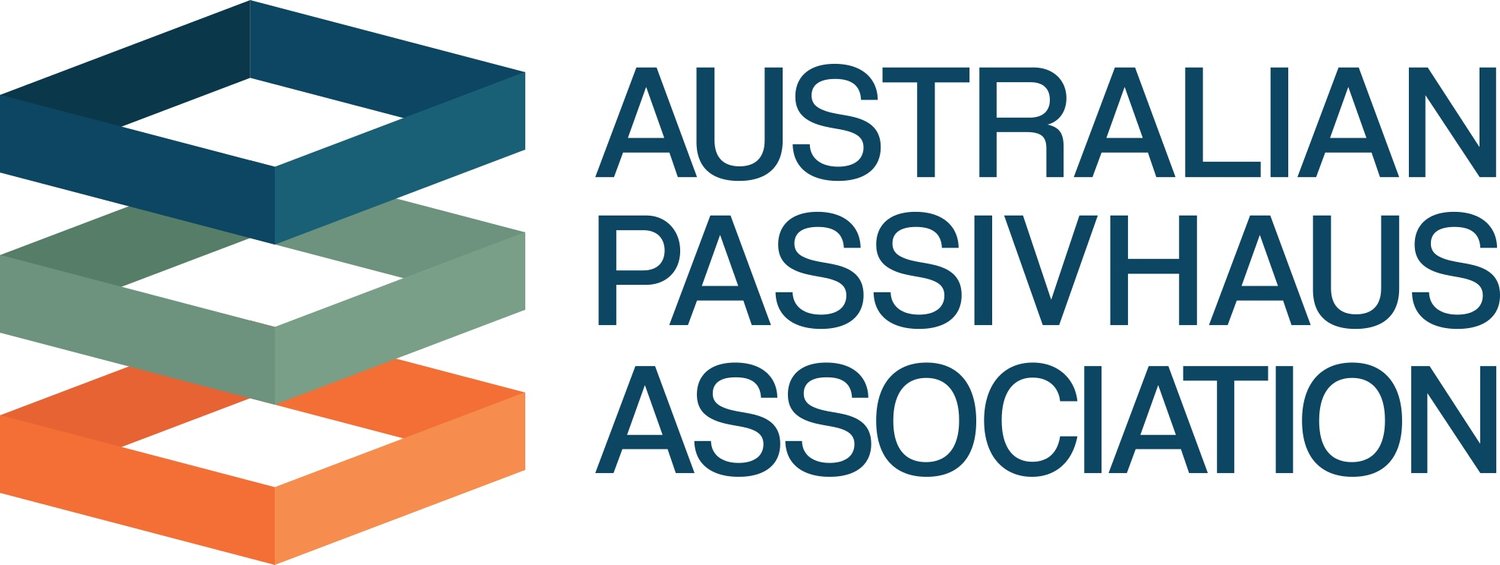Australian Passivhaus project register
NOW ACCEPTING PROJECT SUBMISSIONS FOR THE NEW REGISTER
Search
Certification:
Passivhaus Classic
Passivhaus Plus
Passivhaus Premium
EnerPHit
Low Energy Building
Sector:
Residential: Single Dwelling
Residential: Multi-Unit
Residential: Public & Social
Retail
Sports & Leisure
Arts, Culture & Entertainment
Build to Rent
Education
Health
Hotel & Hospitality
Commercial Office
Mixed Use
Industrial
Justice & Defence
Construction Type:
Timber Frame
Steel Frame
Concrete Frame
Hybrid Frame
Cross Laminated Timber
Structural Insulated Panels
Masonry
High Mass Masonry
Rammed Earth
Prefab
SUBMIT
Our newly-designed, comprehensive project register is designed so you to only have to fill it out once.
Have questions about the submission process? Here’s a step by step walkthrough of what you need to do, along with our terms and FAQs.
Supported by
PassivCourtyard
This home breaks all the passivhaus rules; poor orientation, sprawling form, complex roofs, too much volume; yet it works like a charm! It is a demonstration of passivhaus at its best, performance driven design showing that, in the right hands, passivhaus is a flexible, adaptable standard that can deliver healthy, comfortable buildings on ‘imperfect’ sites.
Torrens Passive House
Torrens Early Learning Centre is a daycare and kindergarten facility in Canberra ACT and is the only privately-owned Passivhaus educational facility in the world. The client’s goal was to build the healthiest and most sustainable childcare centre in Australia and meeting the Certified Passivhaus standard was a key performance requirement.
Vanquish
Large home in an inner city suburb with a good northerly aspect. Extensive glass to the north and south meant triple glazed windows and doors. Great home for entertaining with large operable expanses of glass onto a northern courtyard. Achieving the PH requirements were made more challenging by the decision to pursue certification after the planning was completed and 80% documented.






